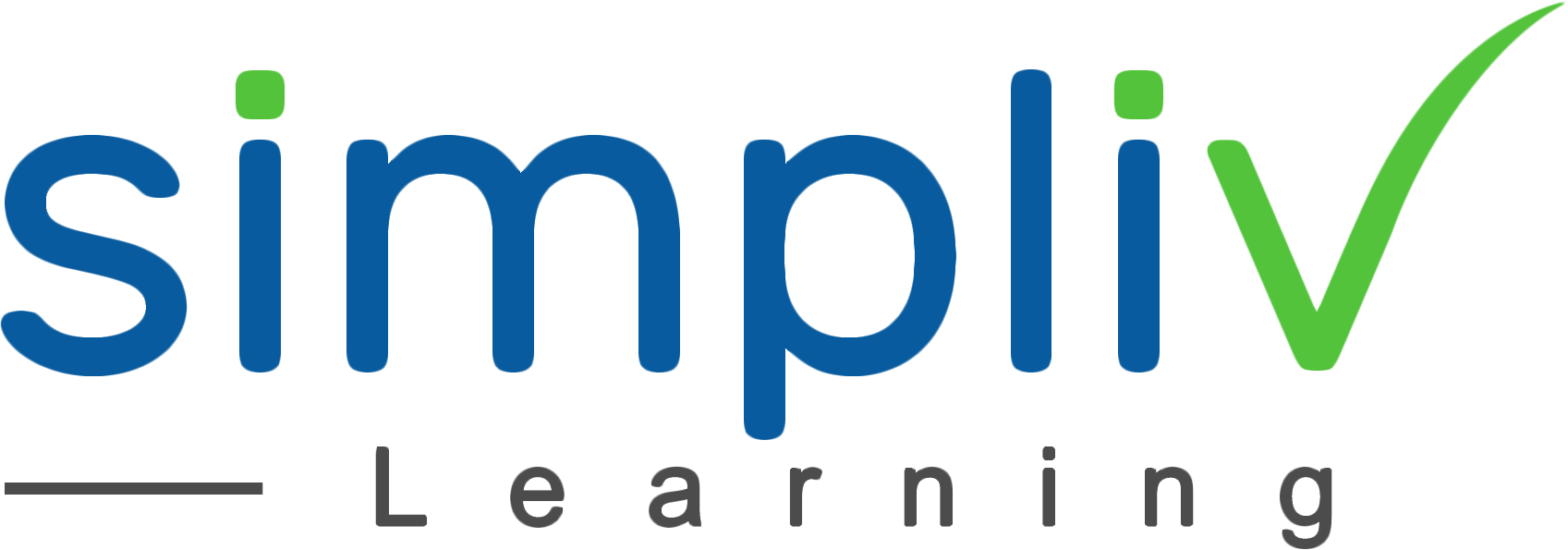Mastering AI Video Generation: Google VEO vs OpenAI Sora – Concepts, Comparisons & Creative Use Cases
The rise of generative video models is transforming how we produce, consume, and interact with visual content.
Artificial Intelligence
3 Hours
Description
This course dives deep into the two most powerful generative video models in the world today - Google VEO and OpenAI Sora. You’ll explore how they work, what differentiates them, how to craft effective prompts, and what business and creative opportunities they unlock.
Designed for learners who want to understand AI-powered video creation, this course simplifies complex underlying architectures, compares model capabilities, and provides hands-on use case simulations that demonstrate real-world value.
Course Objectives
By the end of this course, you will be able to:
Understand the fundamental concepts behind generative video models
Explain how Google VEO and OpenAI Sora differ in terms of architecture, capabilities, and output
Identify appropriate use cases for each model (ads, storytelling, education, etc.)
Craft effective prompts for high-quality video generation
Understand the limitations, ethical issues, and deployment challenges
Stay ahead with trends and the potential future of AI video generation
Target Audience
This course is designed for:
Content Creators & Marketers – looking to create AI-generated visual stories, ads, or product explainers
AI Enthusiasts & Developers – who want to learn how cutting-edge video generation models work
Educators & Trainers – to create interactive, AI-generated visual learning assets
Game Designers & Filmmakers – interested in pre-visualization and AI-driven creative design
Product Managers & Entrepreneurs – exploring video AI integration in their workflows or SaaS tools
Basic Understanding
Basic understanding of Artificial Intelligence and Machine Learning concepts
Familiarity with terms like text-to-image, diffusion models, or transformers (helpful but not mandatory)
No coding knowledge is required, but a curiosity about AI creativity tools is a must
Optional: Knowledge of tools like Midjourney, RunwayML, or D-ID will help learners appreciate how VEO/Sora compare
Course Content
No sessions available.
Coupons
Live Support
Call
+510-849-6155
Mail to
support@simplivlearning.com
